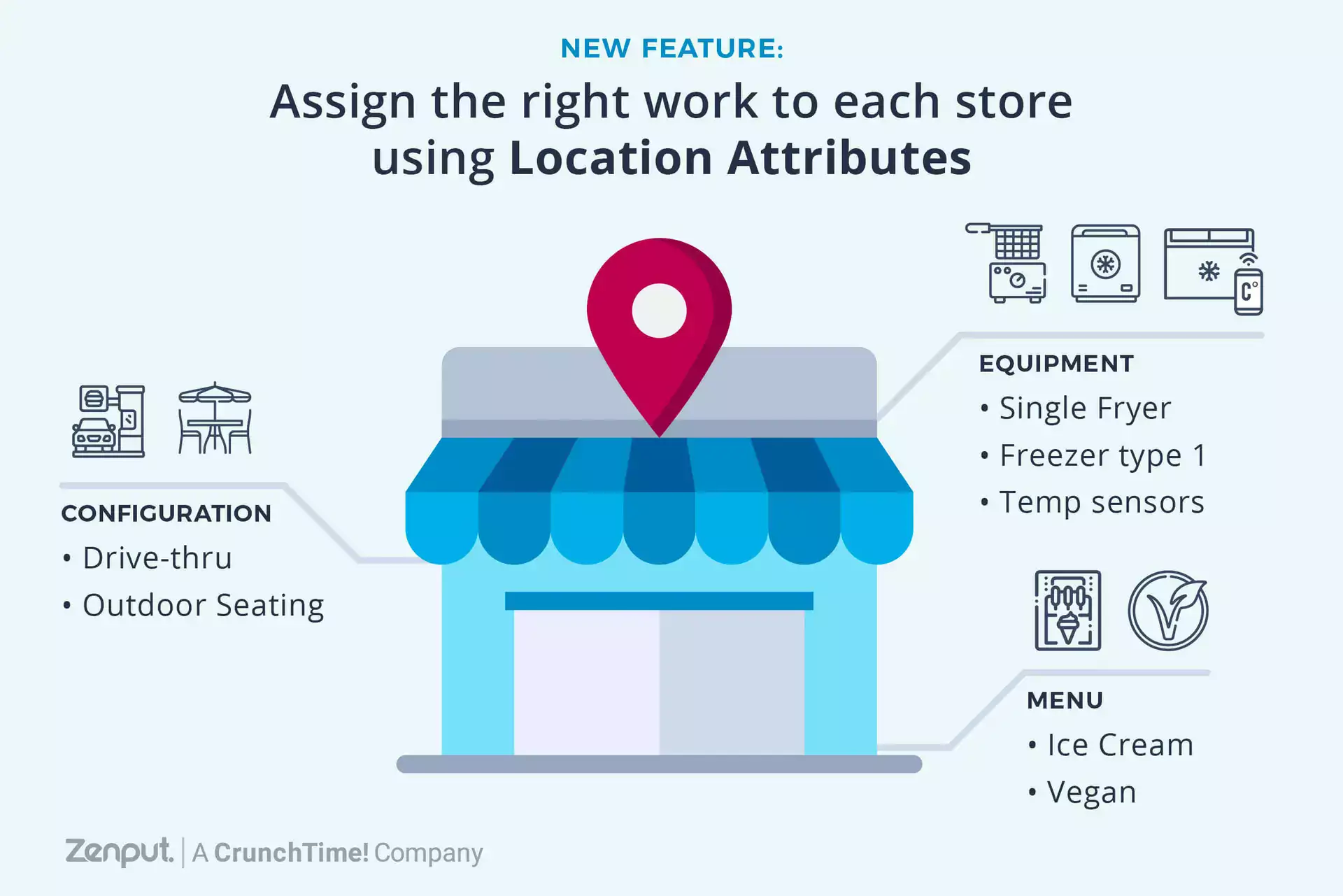It’s my hope that convenience store shrink is one day a thing of the past. The unfortunate reality is that shrink—a shortage of cash or inventory—continues to eat away at convenience store profits.
According to the latest available data in the NACS’ 2014 SOI report, the c-store industry’s average shrink rate for 2013 was 1.05% of merchandise sales. The annual National Retail Federation/University of Florida National Retail Security Survey also helps the c-store industry, and other retail segments, understand shrink and its causes.
What Caused Retail Shrink?
- Shoplifting - 38%
- Employee/internal theft - 34.5%
- Administrative and paperwork errors - 16.5%
- Vendor fraud/error - 6.8%
- Unknown loss - 6.1%
3 Ways to Fight Shrinkage With Your People
C-store operators can best fight shrinkage with a combination of their people and technology, from inventory software to mobile forms and checklists. Here are three tips: 1. Create a positive company culture and engage your retail employees. At 34.5 percent, employee/internal theft continues to be a significant problem in the retail industry. Learn how to hire the right retail employees for your organization. Give employees who perform well more responsibility and recognize them. Employees who are engaged and value their organization are less likely to steal. Use mobile technology to identify problems at the store level as they happen. Employees feel more engaged when their questions/concerns are being addressed in real-time. 2. Streamline processes from checking in merchandise, transferring merchandise, and ringing up merchandise. Train employees on how to properly perform these tasks. Create a vendor schedule to make sure that the right people are in your stores at the right time. Use mobile technology to fill out merchandise reordering forms, verify promotional displays and check merchandise pricing.3. Perform regular security audits. DVR technology is still the tried-and-true way to deter theft and catch mistakes during vendor transactions. Monitoring the point-of-sale is also tied to store layout and design. Form a checklist for all the elements of your safety audit, perform it regularly, and communicate the results from the corporate level to the store level.
Use mobile technology to not only remotely log into your stores DVR systems, but also to perform field audits. Is merchandise being accepted the correct way? Is the transfer of money following protocol? You’ll need a district manager to engage store managers and employees and to ensure best practices are being upheld in the field.Subscribe to our blog
You are now subscribed!


